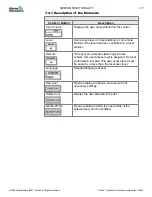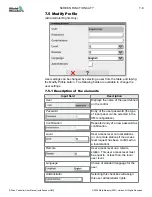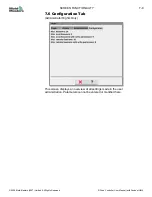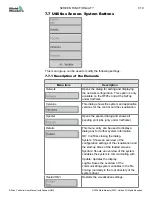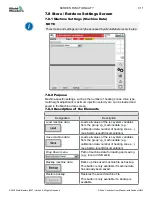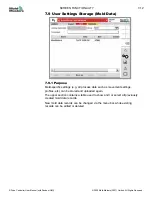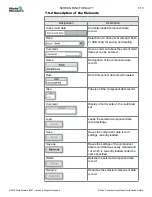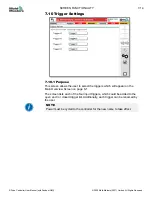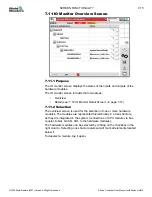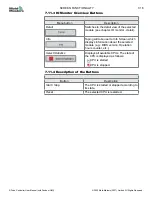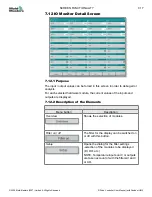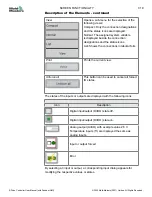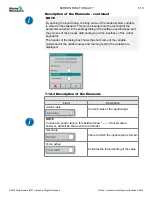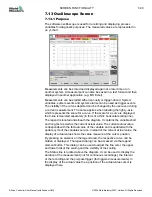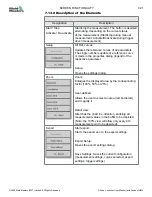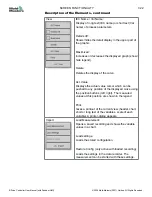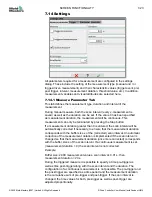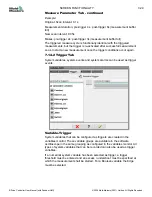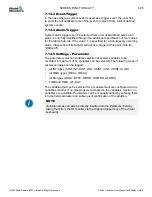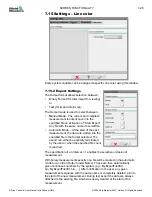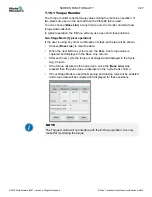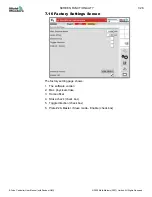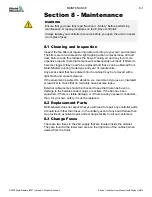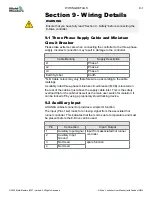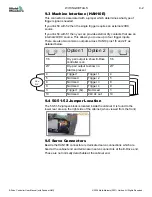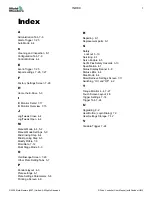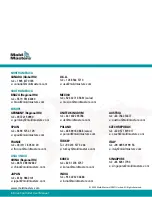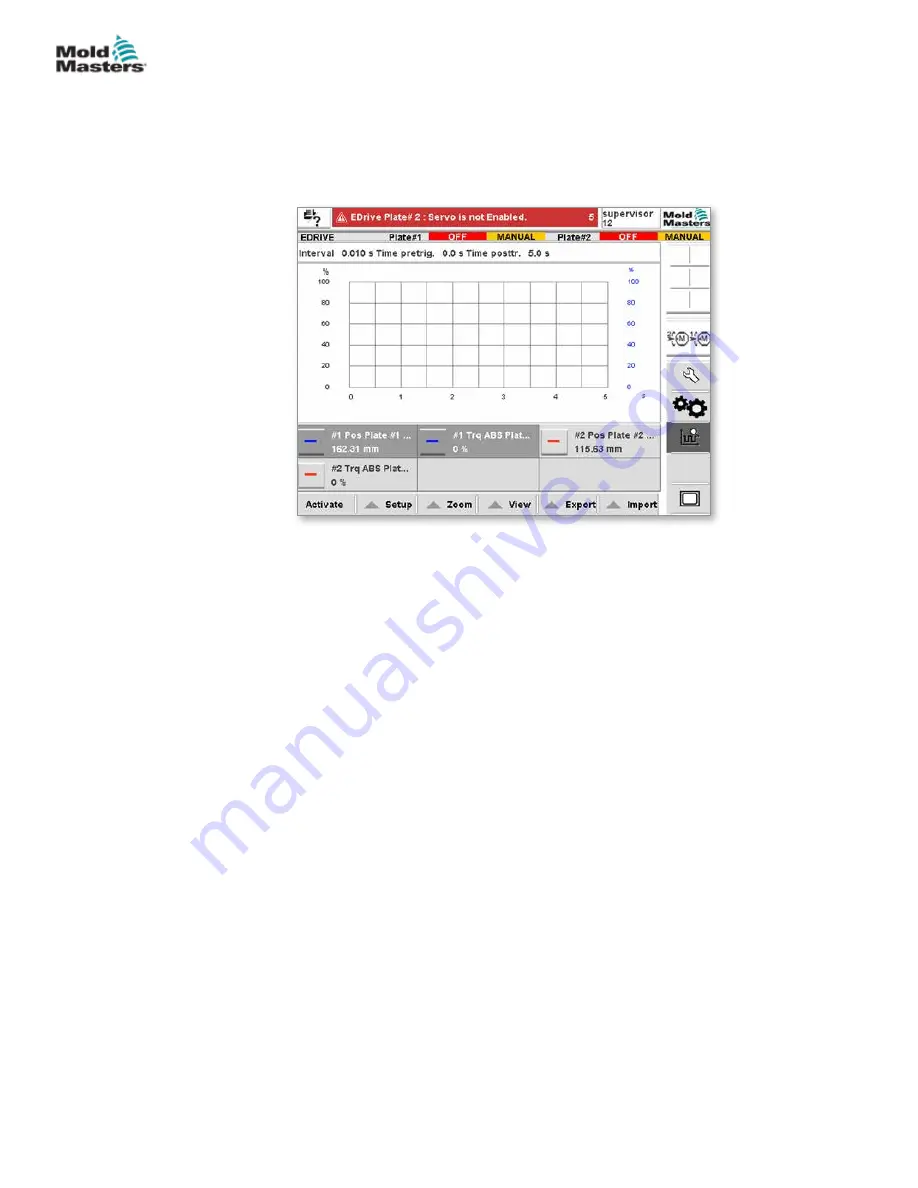
7.13 Oscilloscope Screen
7.13.1 Purpose
The software oscilloscope is used for recording and displaying process
variables for diagnostic purposes. The measured values are represented in
an yt-chart.
Measurements can be stored and displayed again at a later time or on
another system. A measurement can also be saved in a text format and then
displayed in another application (e.g. MS Excel).
Measurements can be started either manually or trigger-driven. System
variables, system events and system alarms can be used as trigger events.
The visibility of the curves depicted can be changed by the user even during
a current measurement. The same applies when labelling the right y-axis,
which represents the scale for a curve. If the scale for a curve is displayed,
the 0-line is depicted separately (in form of a thick horizontal scaling line).
The legend is located underneath the diagram. It contains the variable short
and long text as well as the current actual value. The current actual value
corresponds with the factual value of the variable and is updated with the
update cycle of the variables service. Instead of the current actual value, the
display of actual value shows the value measure at the cursor position.
By pressing an element on the legend area, the respective curve can be
hidden or displayed. The legend dialog can be accessed via the legend
element button. This dialog can be used to adjust the line color, the upper
and lower limit of the scaling and the visibility of the scaling.
The Status line is located above the diagram. It can be used to display the
duration of the measurement (not for continuous recordings), the interval
of the recording and the pre/post-trigger (for triggered measurements). In
the display of the actual value the x-position of the actual value cursor is
displayed here.
7-20
E-Drive Controller User Manual (with Pendant HMI)
SCREEN FUNCTIONALITY
© 2020 Mold-Masters (2007) Limited. All Rights Reserved.
Summary of Contents for E-Drive Series
Page 1: ...version 3 User Manual with Pendant HMI Original Instructions ...
Page 2: ......
Page 26: ......
Page 36: ......


